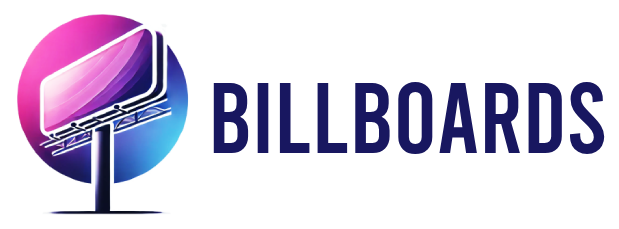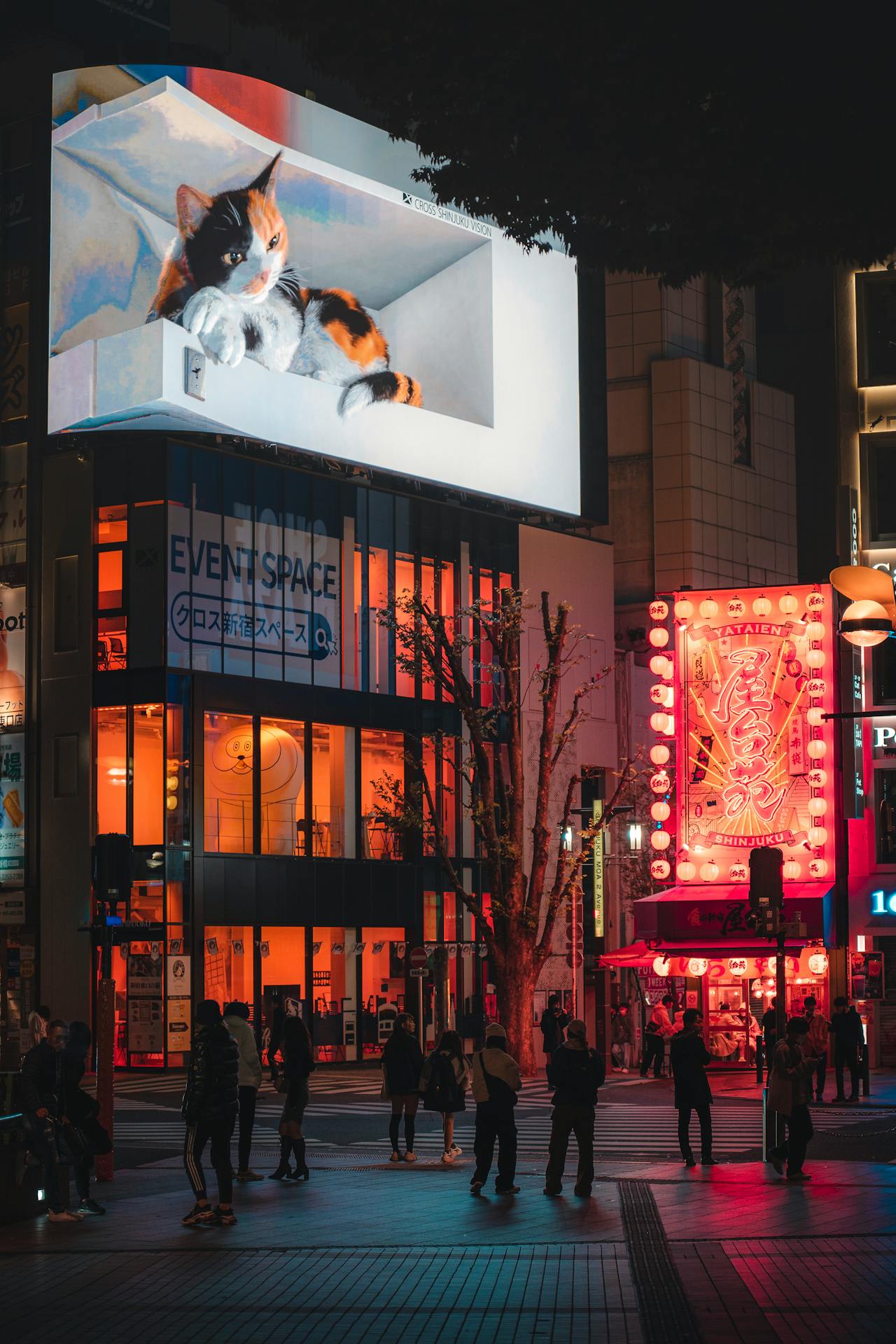Digital billboard advertising continues to evolve, offering businesses new and innovative ways to engage with audiences. As we enter 2025, several trends are shaping the industry, driven by advancements in technology, changes in consumer behavior, and the increasing demand for creative advertising solutions. This article explores the latest trends in digital billboard advertising, highlighting how businesses can stay ahead of the curve in a competitive market.
Enhanced Personalization with Real-Time Data
One of the most significant trends in 2025 is the use of real-time data to deliver personalized advertising content. Digital billboards are now equipped with advanced sensors and analytics tools that can capture data such as traffic patterns, weather conditions, and audience demographics. Advertisers can use this information to tailor messages in real time, ensuring that their ads are relevant and impactful.
For example, a billboard for a coffee shop might display hot coffee ads on a chilly morning and iced coffee options on a sunny afternoon. This level of personalization not only grabs attention but also increases the likelihood of driving consumer action.
Integration of AI and Machine Learning
Artificial intelligence (AI) and machine learning are transforming the way digital billboards operate. These technologies enable billboards to predict consumer behavior and optimize ad placement for maximum engagement. AI-powered algorithms can analyze vast amounts of data to identify trends and adjust advertising strategies accordingly.
In 2025, we’re seeing AI-driven campaigns that can dynamically change content based on audience preferences. This means that a single digital billboard can serve multiple purposes, catering to diverse audiences throughout the day.
Interactive and Immersive Experiences
Interactivity is becoming a cornerstone of digital billboard advertising. Billboards now feature touchscreens, motion sensors, and QR codes that encourage passersby to engage directly with the ad. This trend is particularly effective in urban areas, where people are more likely to interact with technology.
Immersive experiences, such as augmented reality (AR) and virtual reality (VR), are also gaining traction. Imagine a billboard that allows viewers to “try on” sunglasses virtually or see how a piece of furniture looks in their home. These experiences make advertising more engaging and memorable.
Programmatic Advertising for Greater Efficiency
Programmatic advertising, which automates the buying and selling of ad space, is revolutionizing digital billboard campaigns. Advertisers can now bid for billboard space in real time, ensuring that their ads appear at the most opportune moments. This trend is particularly useful for businesses looking to optimize their budgets and reach specific audiences.
With programmatic technology, advertisers can also monitor the performance of their campaigns in real time and make adjustments as needed. This level of flexibility and efficiency is driving the adoption of programmatic advertising across industries.
Sustainability and Energy Efficiency
As environmental concerns continue to grow, sustainability is becoming a priority in digital billboard advertising. Many companies are adopting energy-efficient technologies, such as LED displays and solar-powered billboards, to reduce their carbon footprint. These eco-friendly solutions not only benefit the planet but also resonate with consumers who prioritize sustainability.
Some brands are even incorporating green elements into their billboard designs, such as using living plants or recycled materials. This trend reflects a broader shift toward environmentally responsible advertising practices.
Integration with Mobile and Social Media
The synergy between digital billboards and mobile devices is stronger than ever in 2025. Advertisers are leveraging mobile technology to create seamless experiences that bridge the gap between physical and digital advertising. For instance, billboards can feature QR codes that lead viewers to exclusive discounts or promotional content on their smartphones.
Social media integration is also a key trend. Many brands are using digital billboards to showcase user-generated content, such as Instagram posts or TikTok videos. This approach not only boosts engagement but also creates a sense of community and authenticity.
Hyperlocal Targeting for Maximum Impact
Hyperlocal targeting is becoming a standard practice in digital billboard advertising. By focusing on specific neighborhoods or locations, advertisers can create highly relevant campaigns that speak directly to local audiences. This trend is particularly effective for small businesses looking to increase their visibility in their communities.
For example, a restaurant can use a digital billboard to promote its daily specials to commuters on a nearby highway. This type of targeted advertising ensures that the right message reaches the right audience at the right time.
Conclusion
The latest trends in digital billboard advertising for 2025 highlight the industry’s ongoing evolution toward greater personalization, interactivity, and sustainability. By embracing technologies such as AI, programmatic advertising, and real-time data, businesses can create impactful campaigns that resonate with modern consumers. At the same time, the integration of mobile and social media, along with a focus on hyperlocal targeting, ensures that billboard advertising remains a powerful tool for brands of all sizes.
As the advertising landscape continues to change, staying informed about these trends is crucial for businesses aiming to maximize their reach and impact. By adopting innovative strategies and technologies, advertisers can ensure that their digital billboards not only capture attention but also drive meaningful results in an increasingly competitive market.


Leave a Reply